An authentic recipe for Puerto Rican pasteles de yuca! Your friend and family will love them!
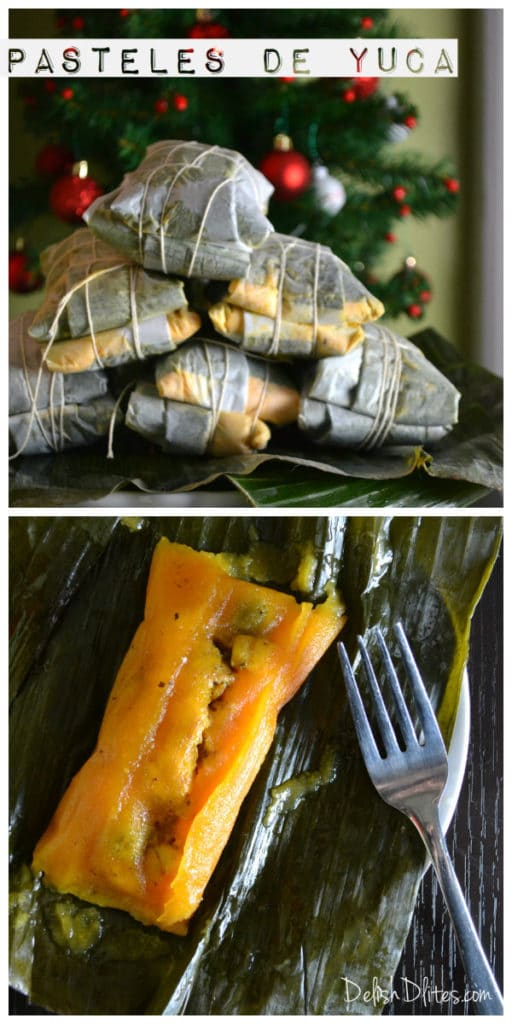
Making pasteles is an annual ritual in my household that symbolizes the start of the holiday season. Pasteles are quite a labor intensive endeavor, but your efforts will definitely be rewarded. Puerto Rican pasteles de yuca are made from grated taro root (also known as yucca/cassava/manioc). These banana leaf wrapped pockets are typically filled with rich, savory stewed pork or chicken. Each family has their own secret recipe, so I’m privileged to share mine with all of you! Choose a day when you have lots of free time, and hopefully a few friends or family members close by. Making pasteles is a great way to spend a few hours bonding with your loved ones.
What Are Puerto Rican Pasteles?
Pasteles are a delicious traditional dish served in Puerto Rican during Christmas. Pasteles are typically made with a combination of root vegetables, like yuca, yautia, calabaza and plantain, that peeled and processed into a paste, which forms the masa, or exterior dough. The typical filling is a savory stewed pork (guiso). To hold their shape, pasteles are wrapped in banana leaves, tied into bundles and boiled until the masa is cooked through.
For this recipe, I’m using boneless, skinless chicken thighs, which hold up well to the long cooking time of pasteles.
How To Make The Filling For Puerto Rican Pasteles?
Season the meat (you can use pork or chicken, or even garbanzo beans if you’re vegan) with adobo, sazon, garlic powder, and Italian seasoning. Drizzle one teaspoon of olive oil over the meat, then stir up the mixture to get everything well coated with the spices.
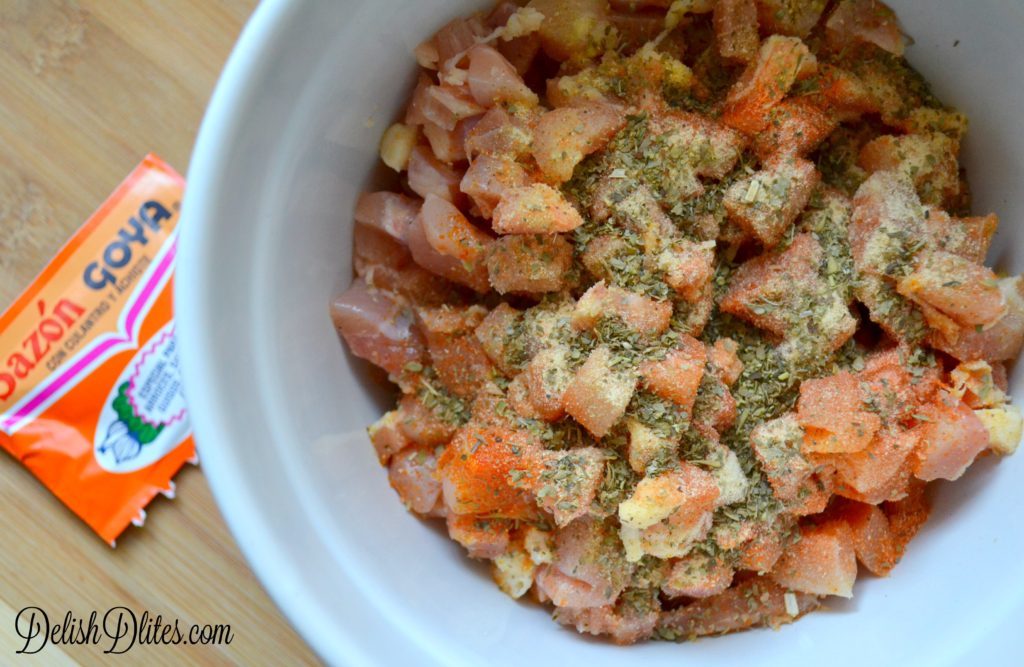
Add the remaining two teaspoons of olive oil to a sauce pan, and heat to medium heat. Once the oil is warm, add in the sofrito and stir for 30 seconds. Add the meat, bay leaves and tomato paste. Stir the mixture to combine.

Next, add in the olives, chicken bouillon cube and chicken broth.
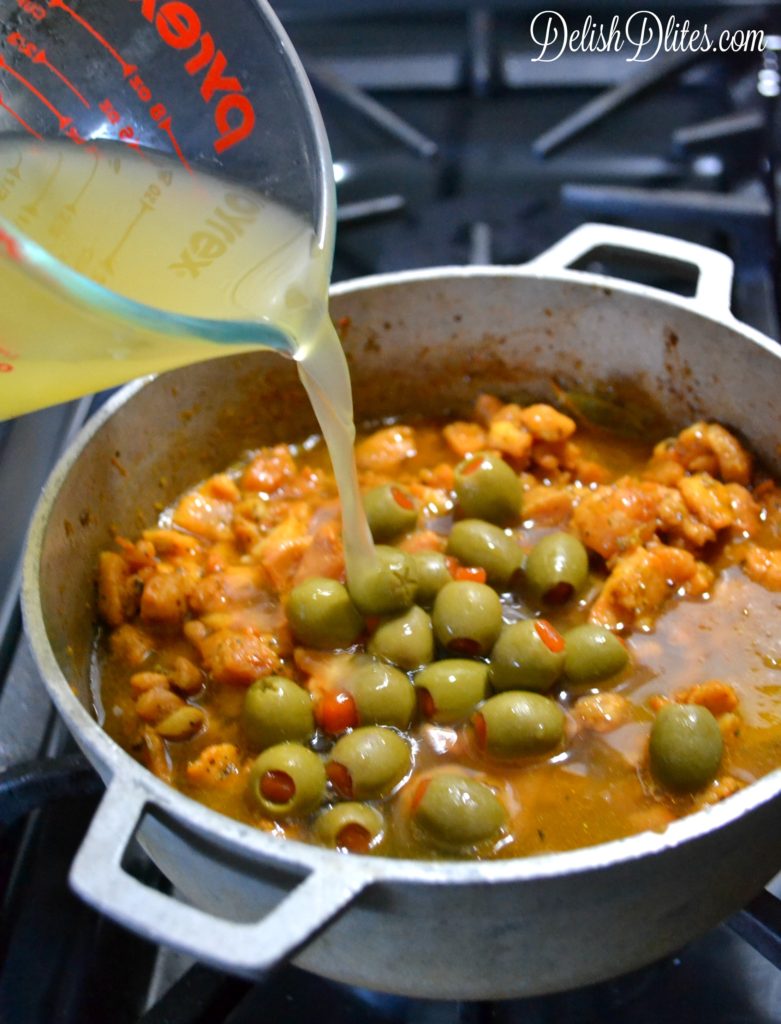
Bring the pot to a boil, then reduce to a simmer, cover and cook for one hour.
How To Make The Masa For Pasteles De Yuca?
While the stew cooks, let’s make the masa. If you’re lucky enough like me to live near an ethnic/Latino supermarket, you’ll be able to find grated yuca in the freezer section. This saves lots of time and energy, as raw taro/yuca is a tough root vegetable that required several steps to prepare for this dish. This is my awesome shortcut to making these recipe much more user-friendly. You’ll want to thaw the frozen grated yuca overnight in the fridge, so plan ahead.

Traditionally, pasteles use achiote oil for coloring. This oil is made by boiling whole achoite (annatto) seeds in oil until the oil turns a vibrant red color. Since I rarely use achiote seeds on their own, I substitute by dissolving two packets of sazon seasoning in 2 tablespoons of canola oil. The sazon contains powdered achiote plus other spices, so it’s giving color and flavor to the masa, all in one.

Mix the achiote/sazon oil into the masa thoroughly.
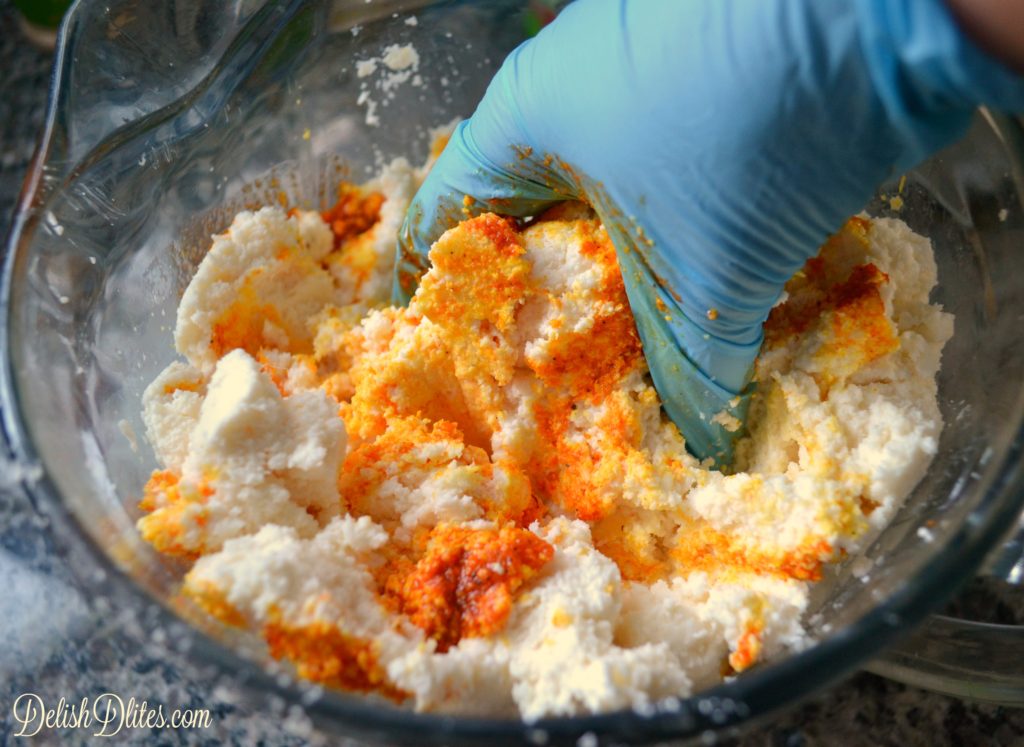

How To Assemble Puerto Rican Pasteles
You’ll need parchment paper, banana leaves, and butcher’s twine.
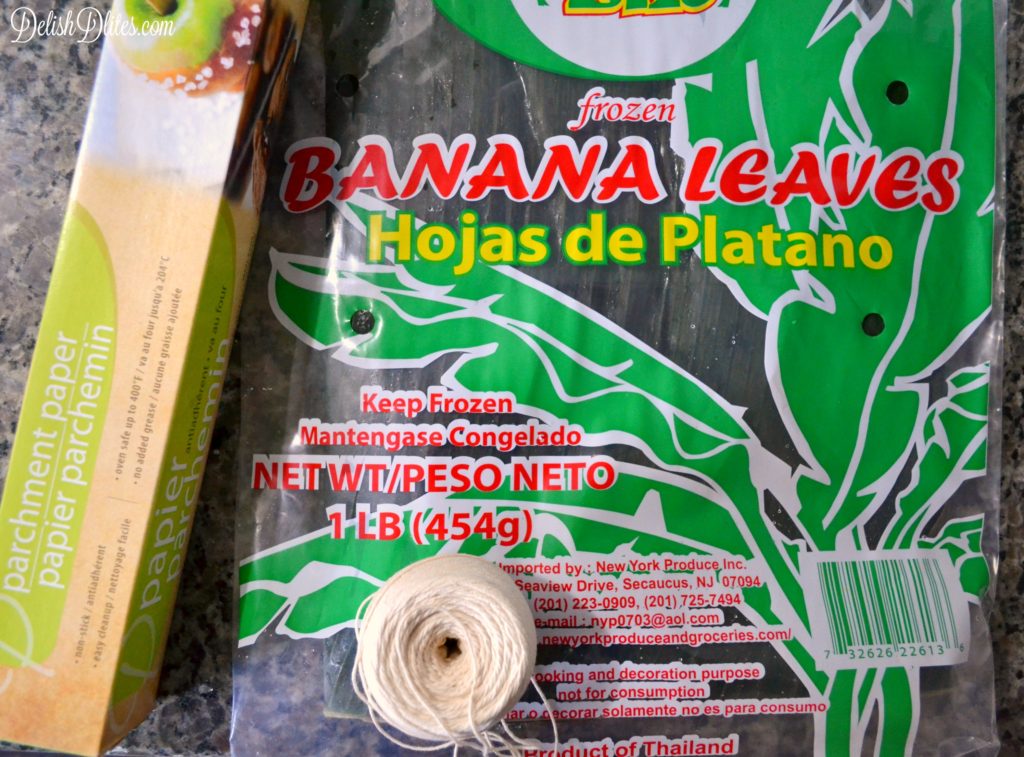
Cut your banana leaves into about 8-9 inches in length. Remove the hard rib located on one side of the leaf.

Cut your parchment paper into 12 inch squares.
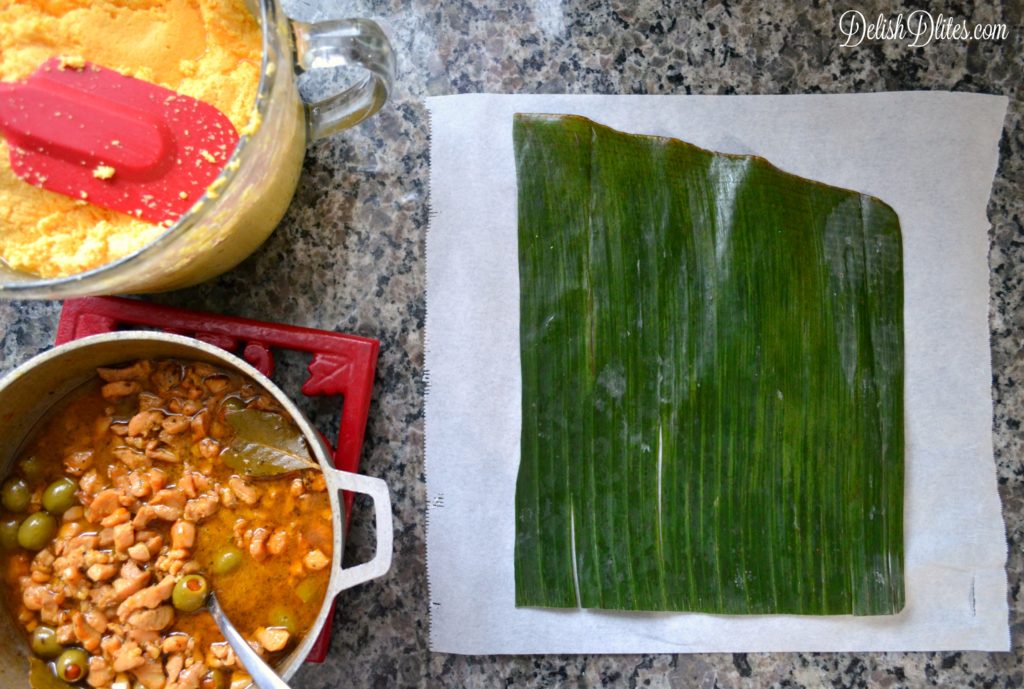
To build the pasteles, smear about 1 tablespoon of liquid from the stewed meat onto the banana leaf.
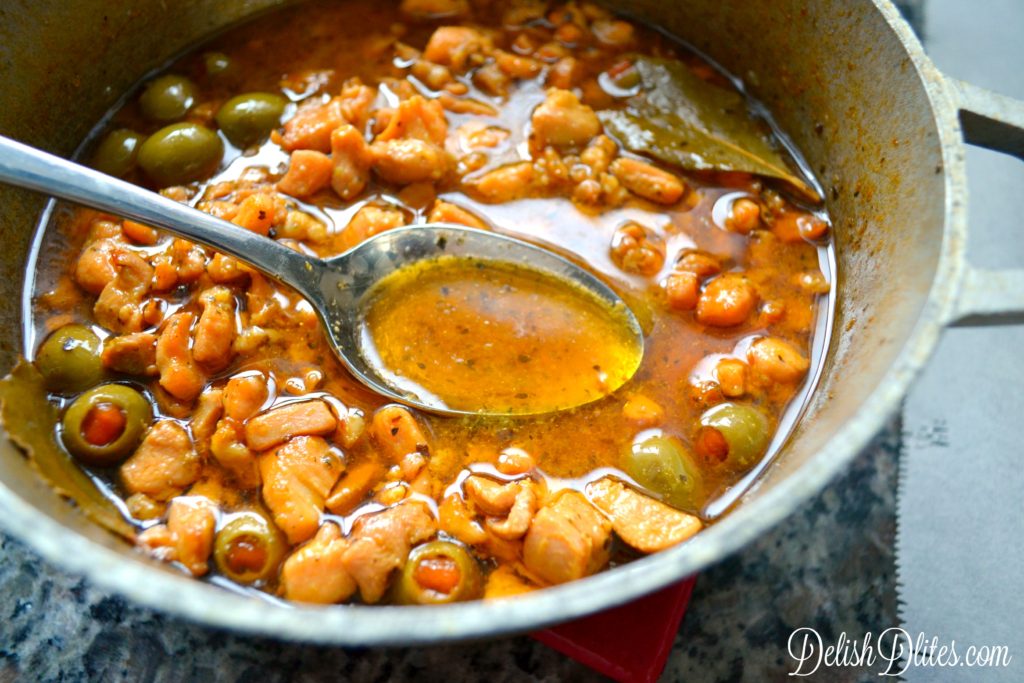
Then, spread 1/2 cup of masa into the middle of the banana leaf. Place 1/4 cup of filling into the center of the masa, making sure to drain any excess liquid.

How To Wrap Puerto Rican Pasteles
1. Fold the top of the parchment over towards you, so that the ends meet.
2. Using your hand, tuck the filling into the center.
3. Make a one inch fold at the bottom of the parchment, then make another.
4. Rotate to bring the folded seam to the center.
5. Tuck the filling in at one end.
6. Fold the end under.
7. Tuck again on the other side.
8. Fold the other side under.

Stack two pasteles together, with the tucked ends facing inwards.

Tie the pasteles de yuca together using butchers twine.
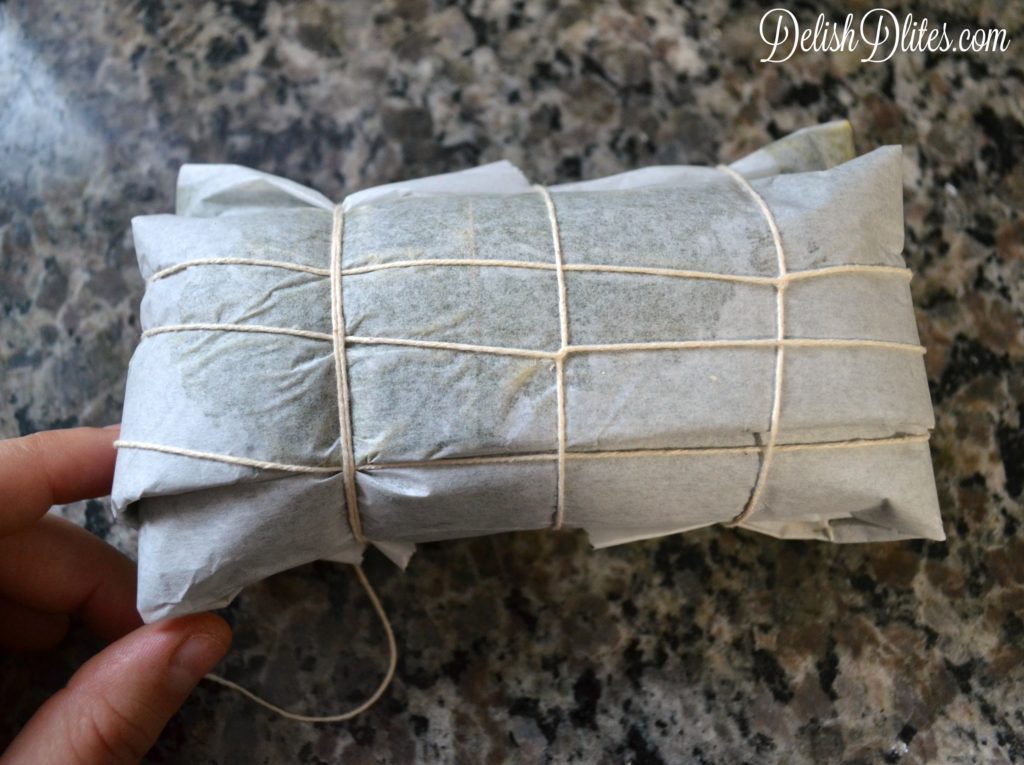
You’re now ready to store or cook the pasteles de yuca.
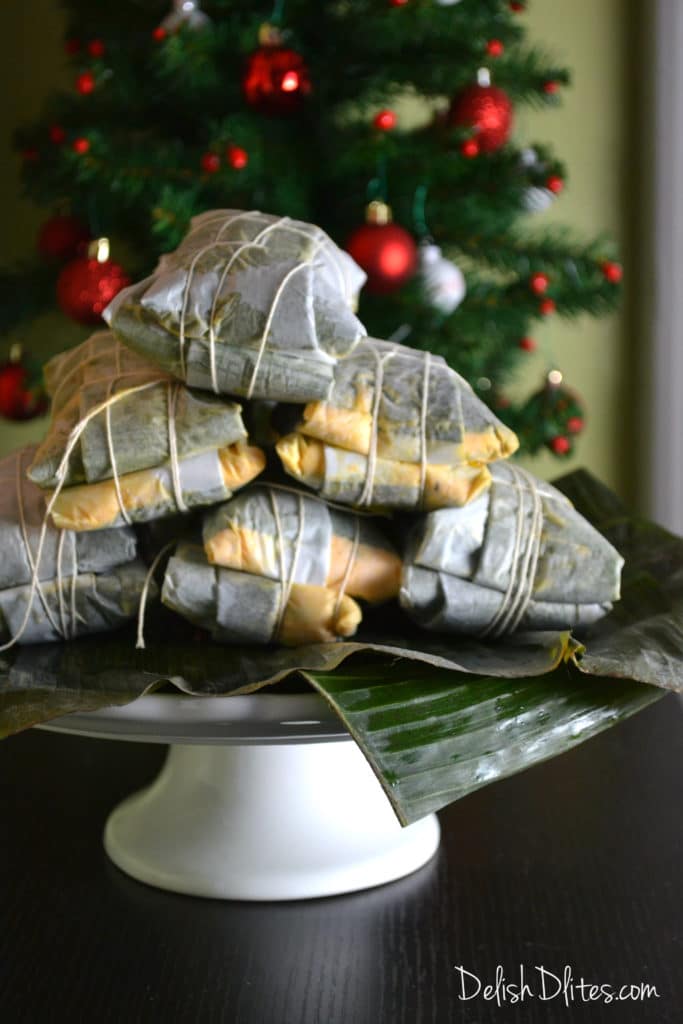
How To Cook And Store Puerto Rican Pasteles
If storing, place them in a gallon sized freezer bag and freeze for up to 6 months. If cooking them, bring a pot of salted water to a boil, then boil for 45 minutes to an hour. If you’re cooking them from a frozen state, cook for 60-90 minutes.
Drain them, cut the string, and unwrap to enjoy.
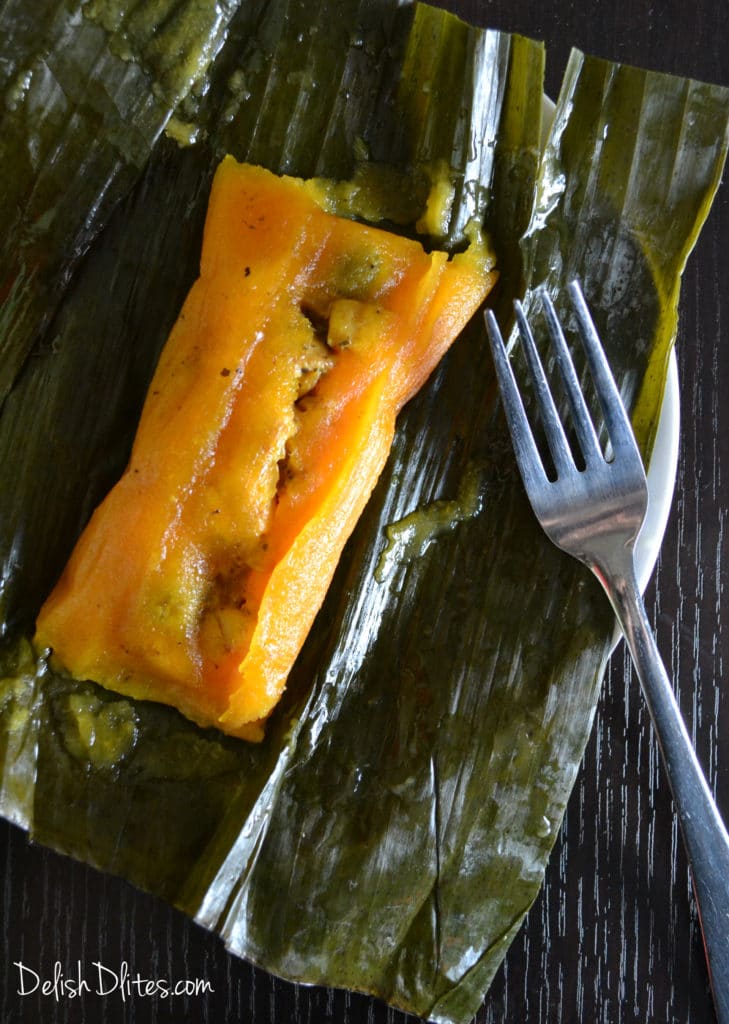
Check out these other traditional Puerto Rican holiday recipes
- Arroz Con Gandules (Puerto Rican Rice with Pigeon Peas)
- Pastelón (Sweet Plantain Lasagna)
- Coquito (Puerto Rican Coconut Rum Drink, Egg-Free & Vegan Versions)
- Ensalada de Pulpo (Octopus Salad)
- Salami, Guava & Cheese Appetizer (Entremeses Tipicos)
- Puerto Rican Chicken Empanadas (Empanadillas de Pollo)
- Pollo En Escabeche (Puerto Rican Pickled Chicken)
- Asopao De Pollo (Puerto Rican Chicken & Rice Stew)
Puerto Rican Pasteles De Yuca
Ingredients
The Meat
- 2 1/2 lbs boneless skinless chicken thighs or boneless pork picnic shoulder or Boston butt
- 1 teaspoon adobo seasoning
- 2 packets sazon seasoning with culantro y achiote
- 2 teaspoons garlic powder
- 2 teaspoons dried Italian seasoning
- 2 1/2 cups low sodium chicken broth
- 1 chicken bouillon cube
- 3 dried bay leaves
- 1/4 cup pimento stuffed olives
- 1 tablespoon olive oil
- 1/4 cup sofrito
- 1 tablespoon tomate paste
The Masa
- 4 pounds frozen grated yuca thawed
- 2 tablespoons canola oil
- 2 packets sazon seasoning with culantro and achiote
- 1 package frozen banana leaves hojas de platano, defrosted
- Parchment paper for wrapping
- Butchers twine for tying
Instructions
-
Cube up the chicken or pork until small cubes, about one inch in size.
-
Season the meat with adobo, sazon, garlic powder, and Italian seasoning. Drizzle one teaspoon of olive oil over the meat, then stir up the mixture to get everything well coated with the spices.
-
Add the remaining two teaspoons of olive oil to a sauce pan, and heat to medium heat. Once the oil is warm, add in the sofrito and stir for 30 seconds. Add the meat, bay leaves and tomato paste. Stir the mixture to combine.
-
Add in the olives, chicken bouillon cube and chicken broth.
-
Bring the pot to a boil, then reduce to a simmer, cover and cook for one hour.
-
Mix the sazon oil into the masa thoroughly.
-
Cut the banana leaves into about 8-9 inches in length. Remove the hard rib located on one side of the leaf.
-
Cut the parchment paper into 12 inch squares.
-
To build the pasteles, smear about 1 tablespoon of liquid from the stewed meat onto the banana leaf.
-
Then, spread 1/2 cup of masa into the middle of the banana leaf. Place 1/4 cup of filling into the center of the masa, making sure to drain any excess liquid.
-
Fold into parcels. Stack two pasteles together, with the tucked ends facing inwards. Tie the pasteles together using butchers twine.
-
If storing, place them in a gallon sized freezer bag and freeze for up to 6 months.
-
If cooking them, bring a pot of salted water to a boil, then boil for 45 minutes to an hour. If you’re cooking them from a frozen state, cook for 75-90 minutes.
-
Drain the cooked pasteles de yuca, cut the strings, and unwrap to enjoy. Serve hot.

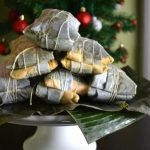
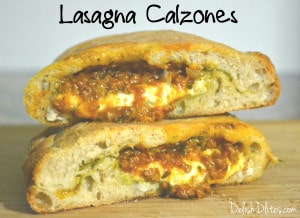
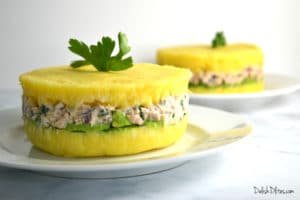
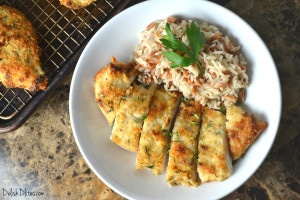
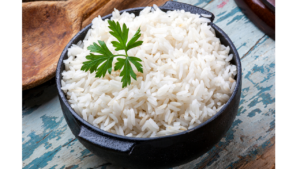
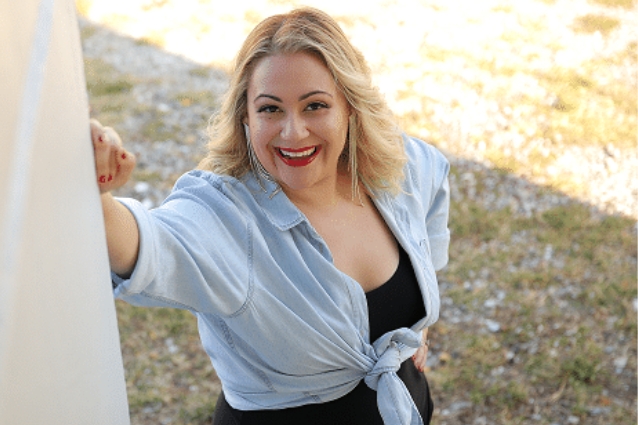
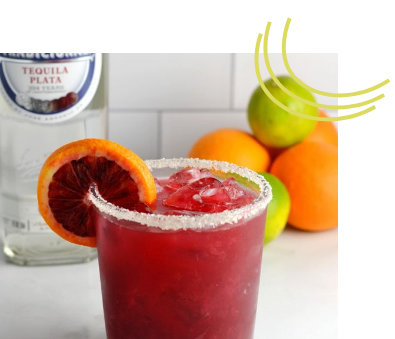

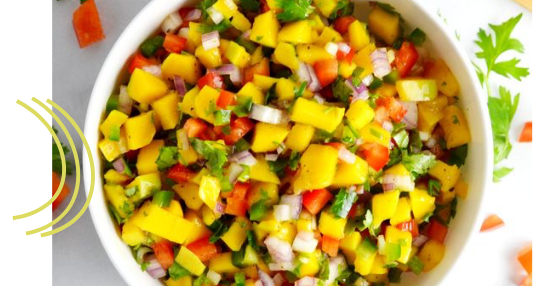



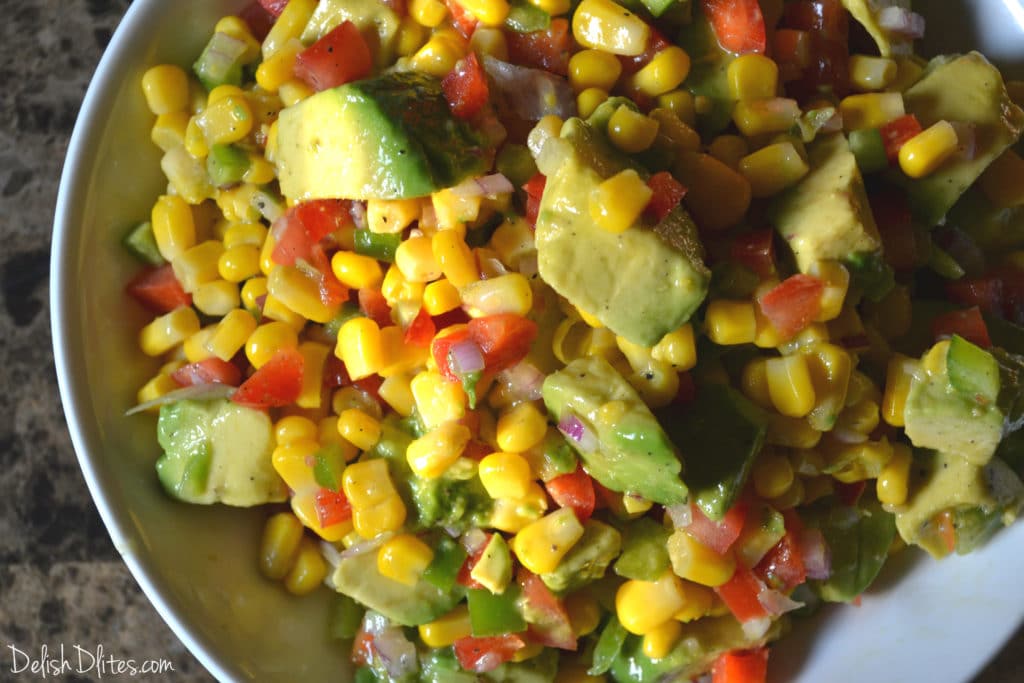
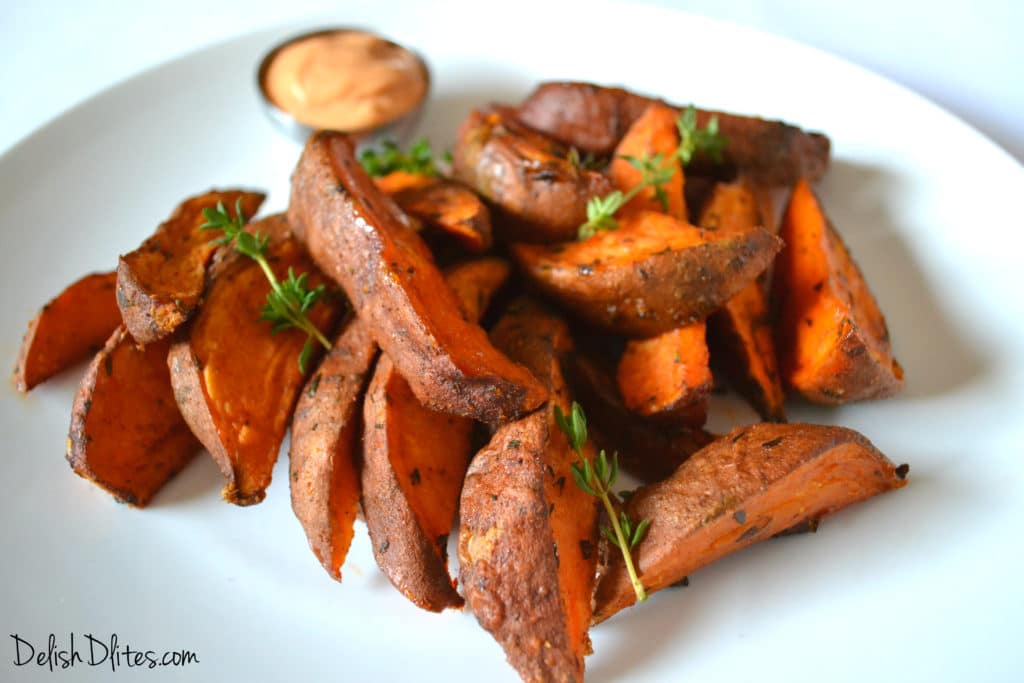
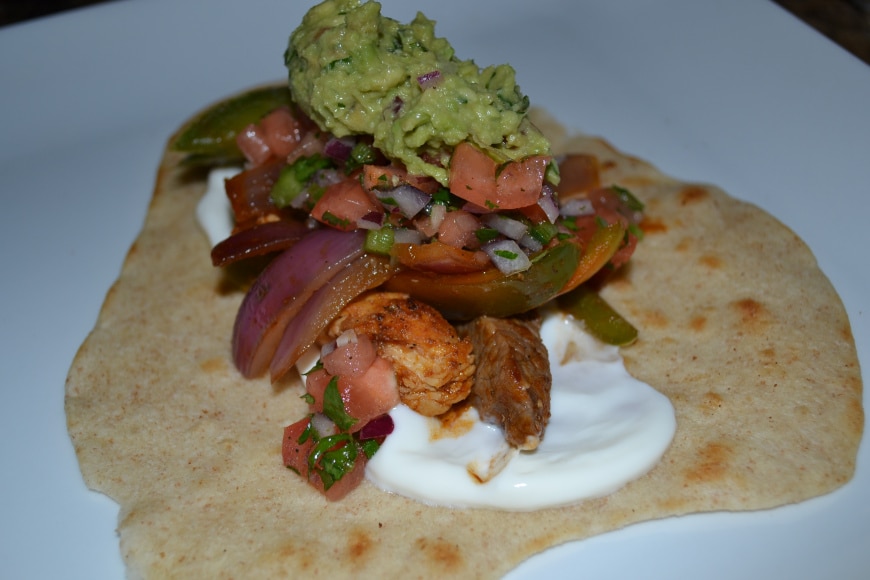
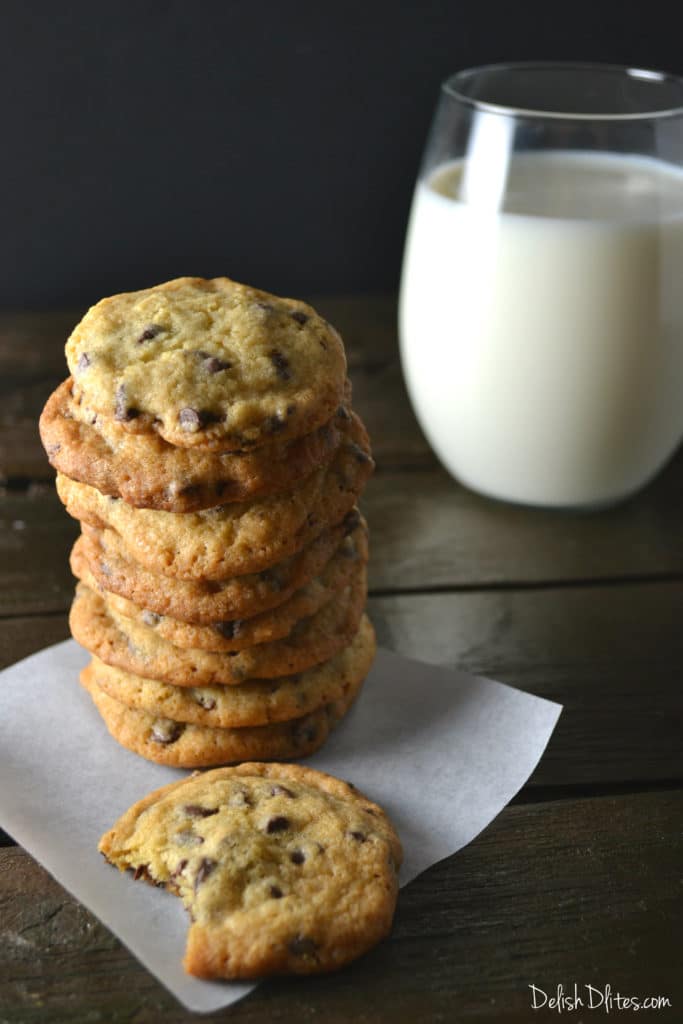
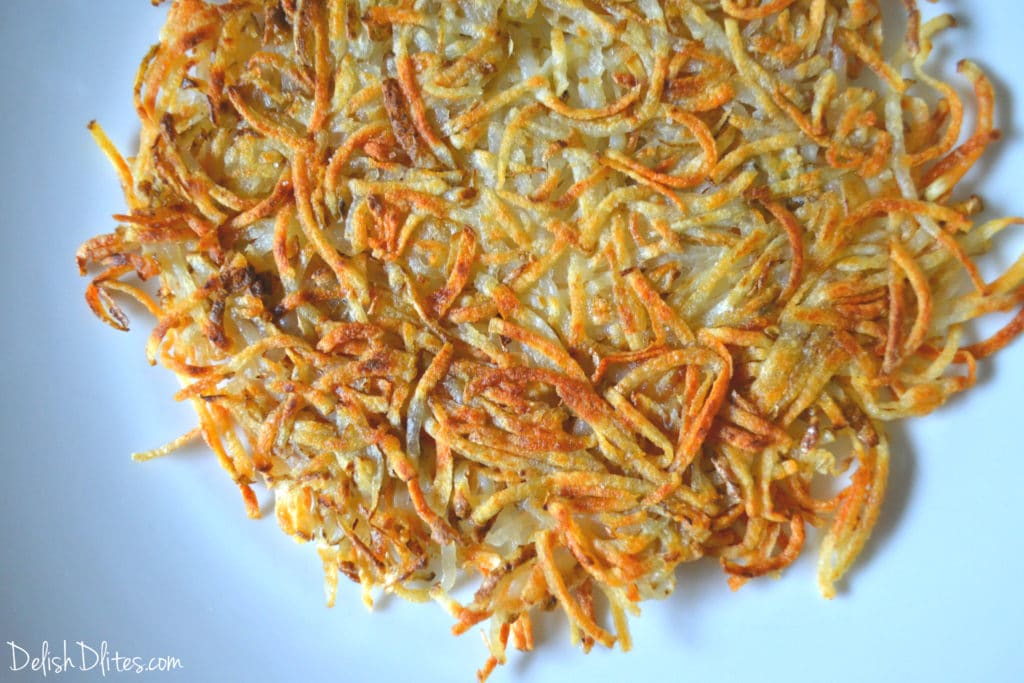
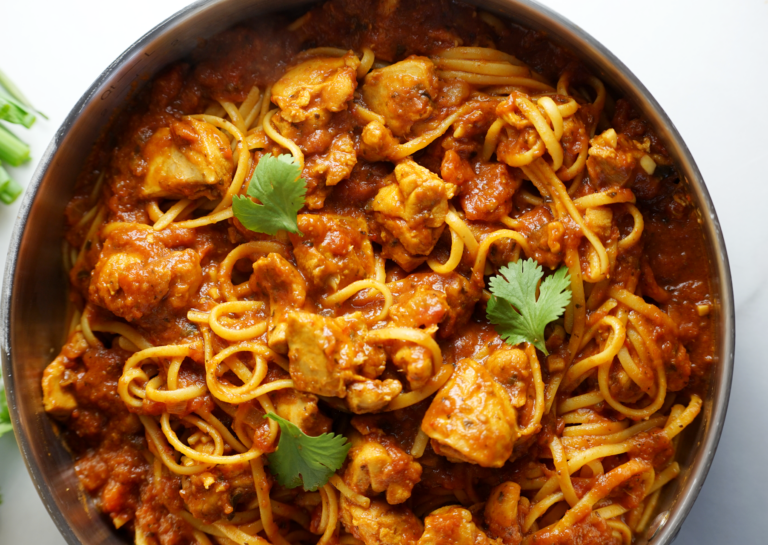
12 Responses
I’m excited to try this! I want to surprise my family this Christmas as we typically buy these from someone. If I may ask, why do you use Yucca instead of plantains?
These yuca ones is just a variation of pasteles and it happens to be my favorite. For the original pasteles featuring a mix of root vegetables check out this recipe: Pasteles De Masa (Puerto Rican Pasteles)
What do you call the meat mixture in Puerto Rican? I make Pastele Deoja all the time in Hawaii and some of my friends wanted it without the masa and served with just rice or Gandule Rice.
It’s called a guiso, which means stew.
Do you cook frozen pasteles with lid on pot? How do you actually cook frozen thnx
You boil them until they’re cooked through, approx 45-minutes-1 hour, keep the lid off so the water doesn’t boil over.
I am vegan and make these using tofu instead of meat…….I have had people eat them and not know it wasn’t meat.
That’s awesome! I make them with garbanzos (chickpeas) for my vegan friends.
You can drain the yuca. Capture all the water that you can. place in the sun for two weeks at least until dry and all the water evaporates. You will see a type of white substance settle at the bottom. Every few days remove some of the water without disturbing the substance on the bottom. Finally you will have yuca powder, better and healthier than baby powder. Use and feel the difference.
I will try this! Is awesome idea!
Do I drain the the yuca?
I don’t, doesn’t make a difference to me.